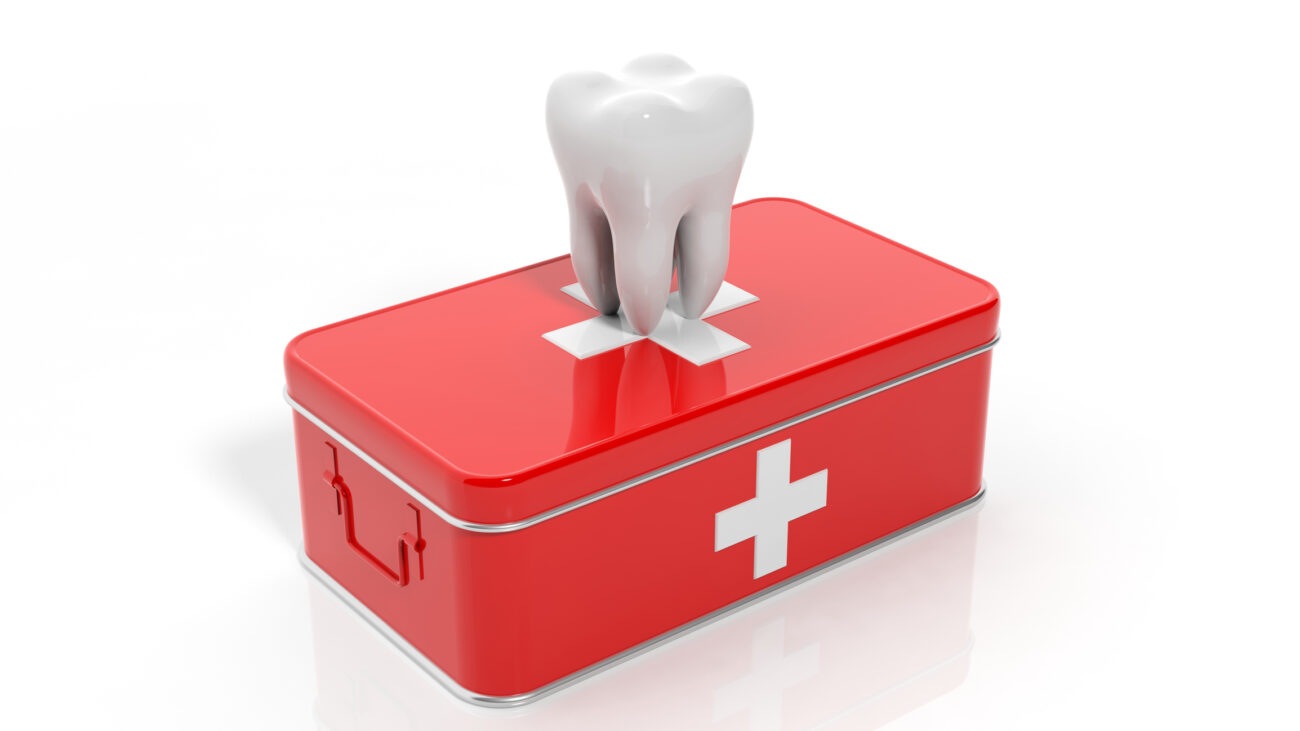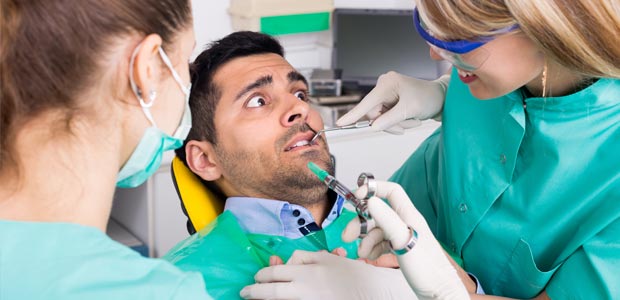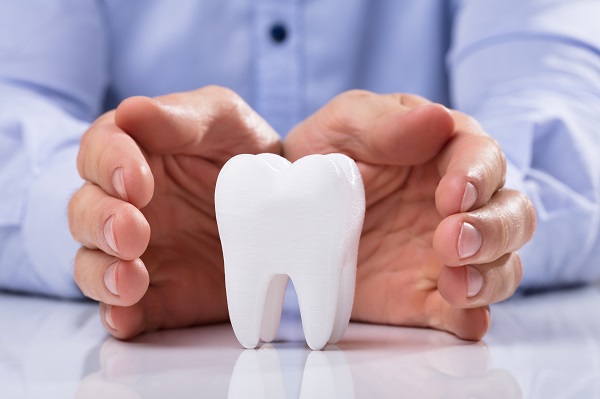Oral Cancer Risk Factors and Prevention
Oral cancer, a malignant growth occurring within the oral cavity, poses a significant threat to public health worldwide. Despite its severity, it often lurks in the shadows, overshadowed by more prominent health concerns. In this article, we shed light on the risk factors associated with oral cancer and explore strategies for prevention.
The Anatomy of Risk: Identifying Potential Culprits
Several factors contribute to the development of oral cancer, ranging from lifestyle choices to genetic predispositions. Tobacco use, whether smoked or chewed, stands as one of the primary risk factors, with smokers being at a significantly higher risk of developing oral cancer than non-smokers.
Similarly, excessive alcohol consumption amplifies this risk, particularly when combined with tobacco use. The synergy between alcohol and tobacco compounds the carcinogenic effects, creating a potent cocktail of danger for oral health.
The Role of Human Papillomavirus (HPV)
In recent years, the prevalence of oral cancer linked to Human Papillomavirus (HPV) has garnered attention. Certain strains of HPV, notably HPV-16, have been implicated in the development of oral cancers, particularly in the oropharyngeal region. This viral link adds a layer of complexity to the understanding of oral cancer risk factors, highlighting the importance of comprehensive preventive measures.
Dietary Habits and Oral Health
Beyond behavioural factors, dietary habits play a crucial role in oral cancer prevention. A diet lacking in fruits and vegetables deprives the body of essential vitamins and antioxidants, leaving it more vulnerable to cellular damage and carcinogenesis. Conversely, a balanced diet rich in colourful fruits and vegetables provides protective benefits, bolstering the body’s natural defence mechanisms against cancerous growths.
The Impact of Oral Hygiene Practices
Maintaining good oral hygiene is paramount in reducing the risk of oral cancer. Poor oral hygiene not only fosters the accumulation of bacteria and toxins but also increases the likelihood of developing oral lesions and conditions such as leukoplakia and erythroplakia, which are precursors to oral cancer. Regular dental check-ups and diligent oral care routines can aid in the early detection and prevention of these pre-cancerous lesions.
Preventive Measures: Empowering Individuals
Empowering individuals with knowledge and resources is key to effective oral cancer prevention. Public health campaigns aimed at raising awareness about the dangers of tobacco and alcohol use, promoting HPV vaccination, and advocating for healthy lifestyle choices can help mitigate the risk factors associated.
Early Detection Saves Lives
Early detection remains the cornerstone of oral cancer management. Routine screenings conducted by dental professionals enable the timely identification of suspicious lesions and abnormalities, facilitating prompt intervention and treatment. Additionally, self-examination practices empower individuals to monitor their oral health and seek medical attention if any concerning symptoms arise.
The Power of Collaboration
Addressing the multifaceted nature of oral cancer requires collaboration across various sectors, including healthcare, academia, government, and non-profit organisations. By pooling resources, sharing knowledge, and implementing evidence-based interventions, we can make significant strides in revention and treatment.
Investing in Research and Innovation
Continued investment in research and innovation is essential for advancing our understanding of oral cancer and developing more effective prevention and treatment strategies. From exploring the molecular mechanisms of carcinogenesis to trialling novel therapies, research holds the key to unlocking breakthroughs in management.
Supporting Survivorship and Rehabilitation
For those impacted by oral cancer, survivorship and rehabilitation services play a vital role in restoring quality of life and promoting holistic well-being. Comprehensive support programmes, encompassing psychological counselling, speech therapy, and nutritional guidance, can aid survivors in navigating the physical, emotional, and social challenges of life after cancer.
Community Engagement and Advocacy
Engaging communities in discussions about oral cancer fosters a culture of awareness, empowerment, and action. By partnering with community leaders, grassroots organisations, and advocacy groups, we can disseminate vital information, dispel myths, and mobilise resources to combat it at the local level.
Looking Ahead: A Brighter Future
As we confront the complexities of oral cancer, we do so with optimism and determination. By uniting our efforts, harnessing the power of innovation, and prioritising preventive measures, we can create a future where it is a rarity rather than a reality. Together, we have the opportunity to rewrite the narrative of oral cancer, transforming it from a silent threat into a preventable and manageable condition.
It presents a formidable challenge to global health, with a myriad of risk factors contributing to its onset. By understanding these risk factors and adopting proactive preventive measures, individuals can take control of their oral health and reduce their risk of developing this devastating disease. Through collective efforts in education, advocacy, and early detection, we can strive towards a future where it is no longer a silent threat but a preventable condition.




